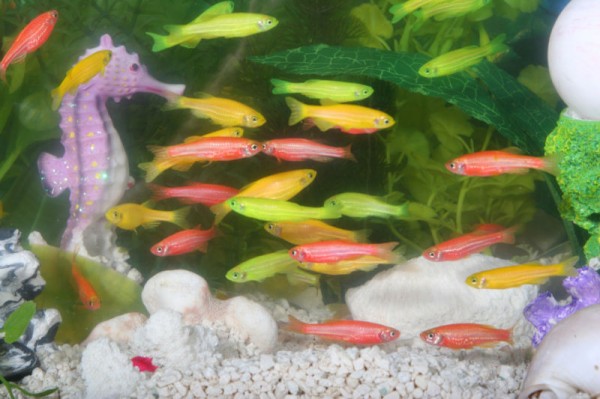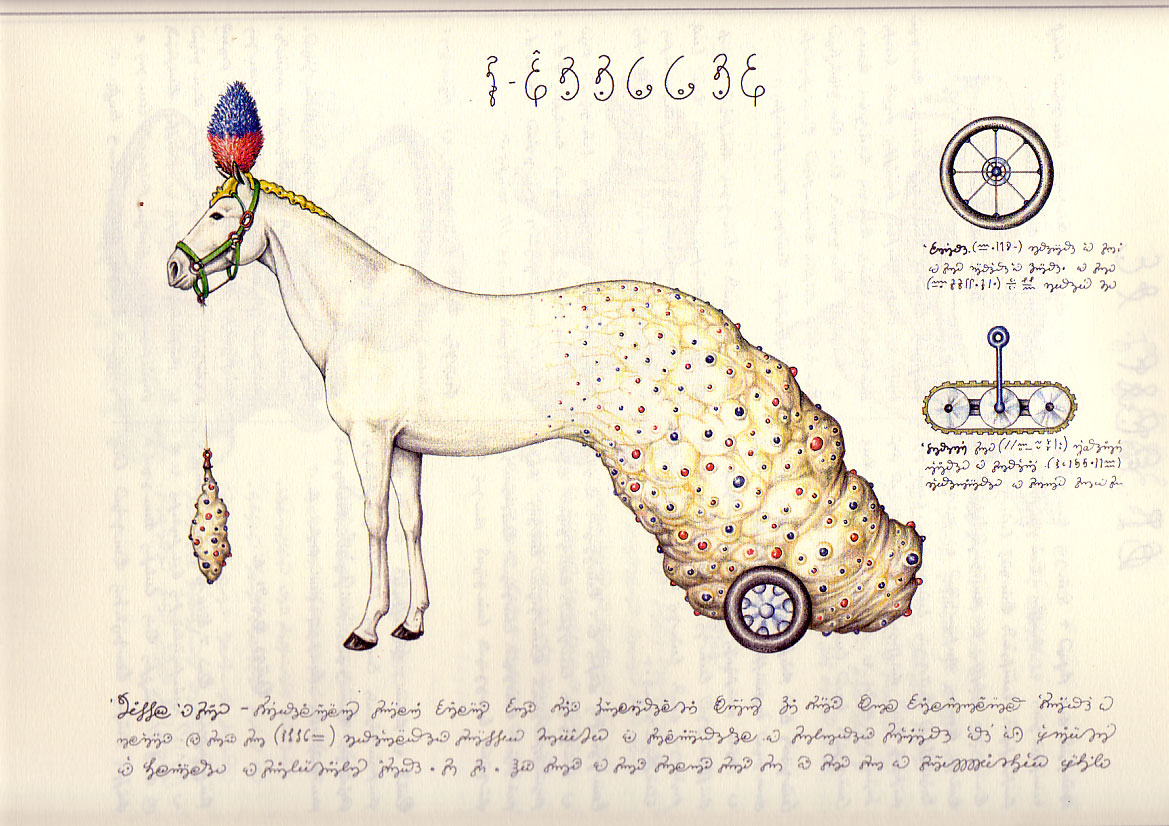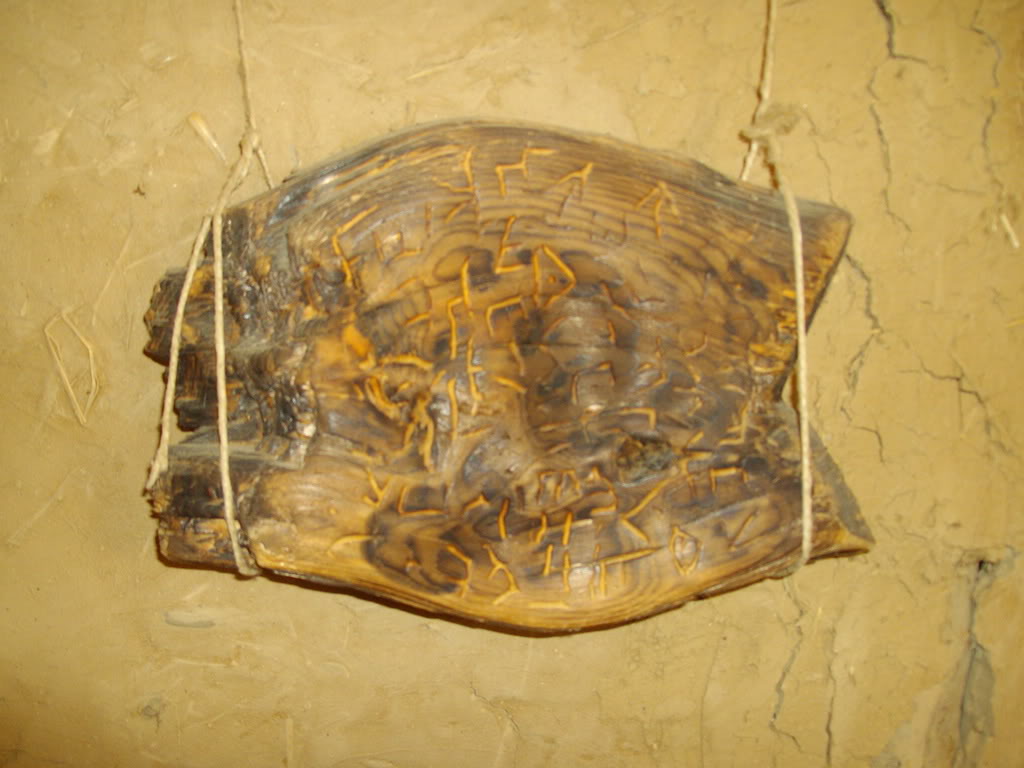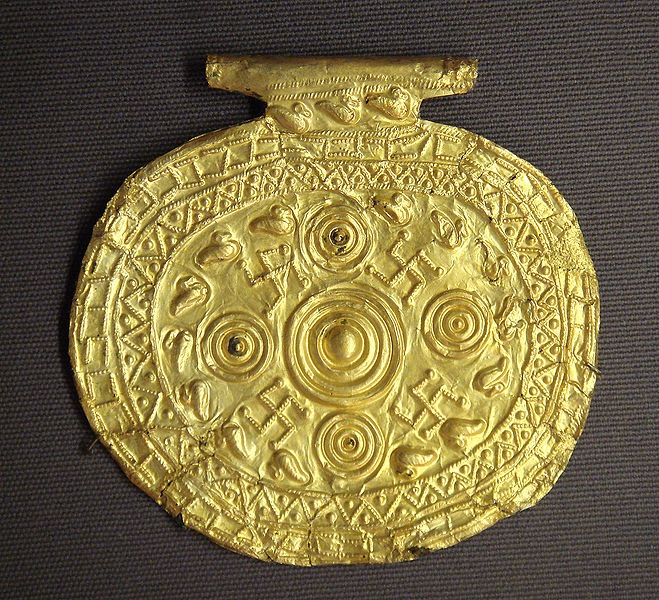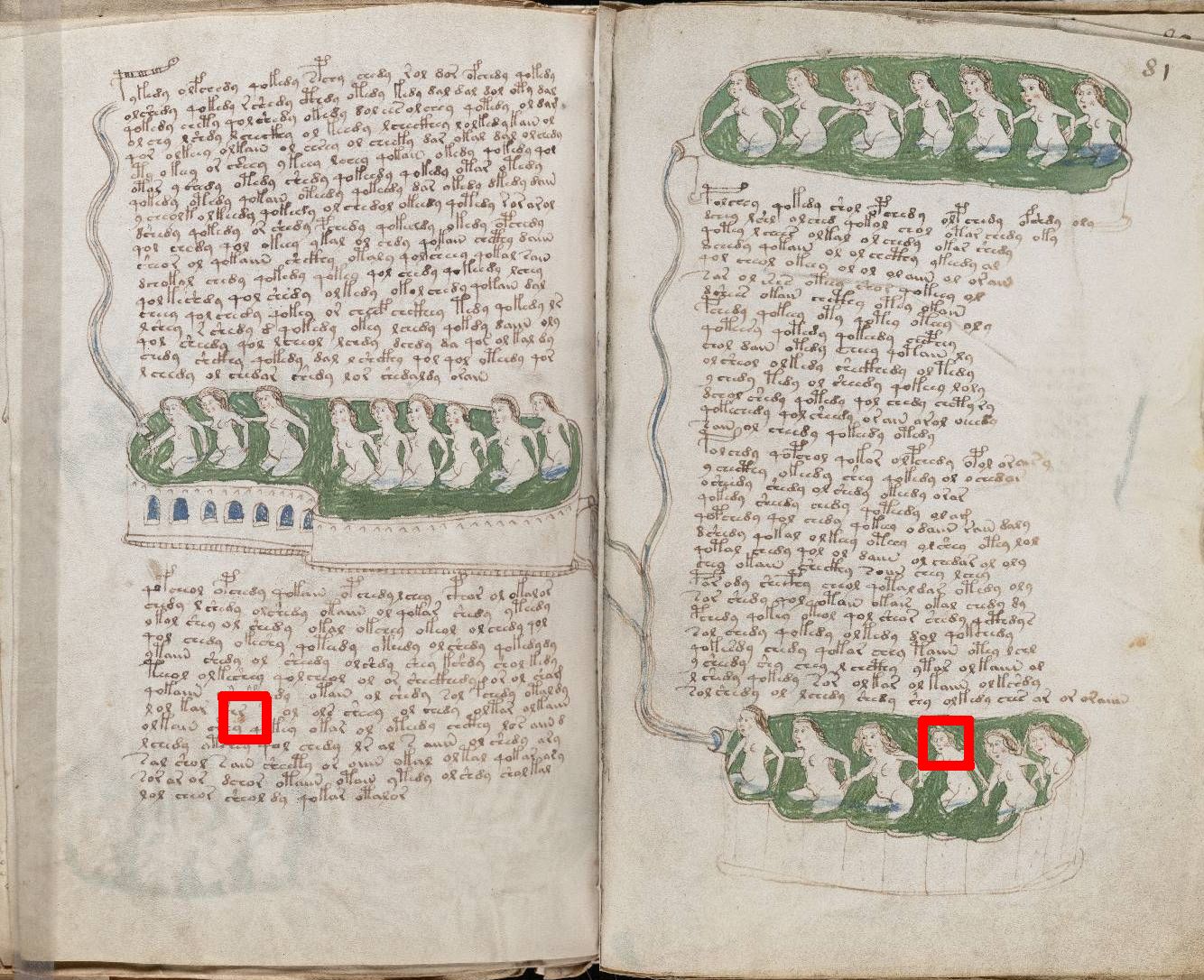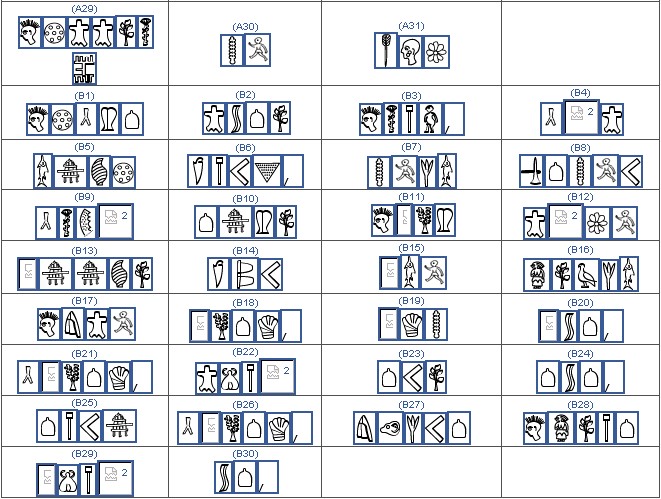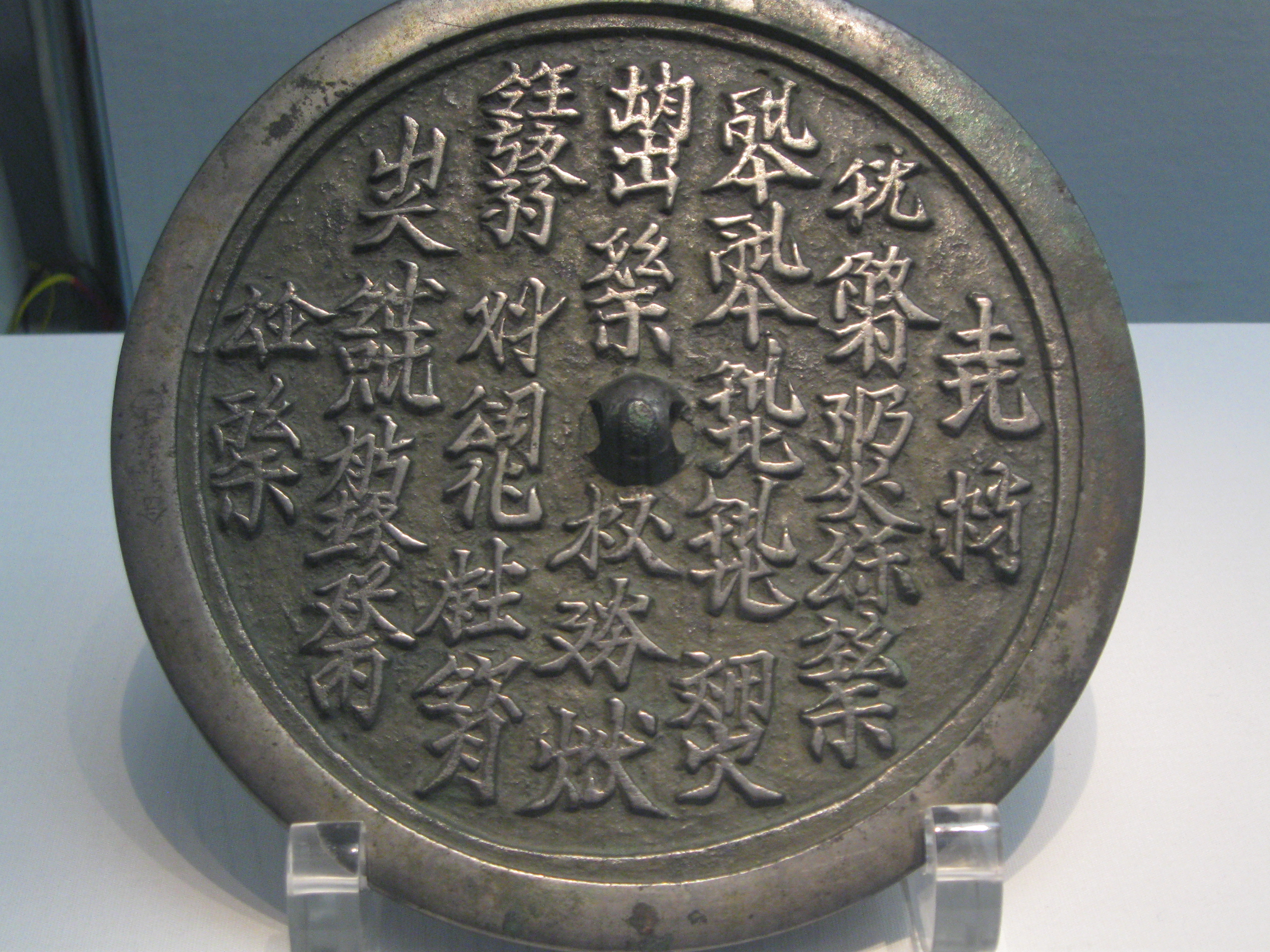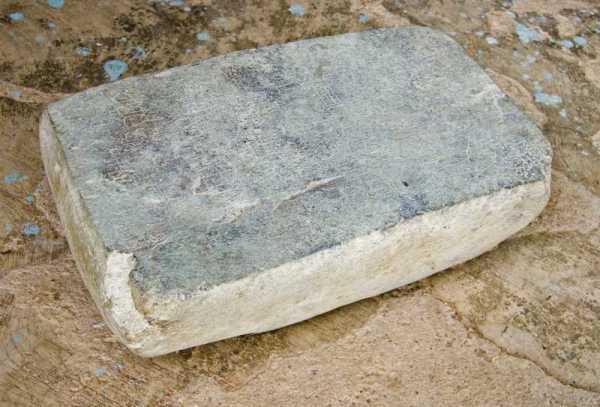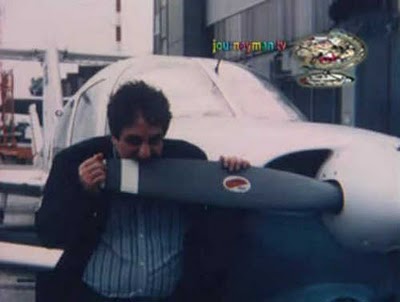Every now and then, a product comes along that makes you think “Yes!!! This is the things that has been missing from my life up till this point!” And it truly does change your life (the internet and the George Foreman grill are the two that spring to my mind). But more often than not, product launches are mediocre and the new thing being launched is just a slightly different version of something else.
Then, once every so often, a product comes along that is far from mediocre – it’s such an enormous, mind-blowing failure that everyone who sees it can only gasp. And that’s what we’re celebrating today- products so poorly-conceived, so hopeful in their launch and so disastrous in their fall that they qualify as one of our Top 10 Failed Products.
10. New Coke

One of the most famous examples was New Coke, a launch by Coca-Cola in 1985. Obviously oblivious to the phrase “never mess with a winning formula”, they decided to change the recipe of Coke that had served them so well, and relaunch it with a fanfare of trumpets. The Chief Executive at the time, Roberto Goizueta, described the new taste as ” smoother, uh, uh, rounder yet, uh, yet bolder…a more harmonious flavor” and, initially, consumers agreed and kept buying Coke as normal. Then there came the backlash – mainly from loyalists in the South, who saw it as some kind of continuation of the Civil War. Eventually, the vocal minority won out and the old formula was restored, although many said it was never quite the same again.
9. Bic Pantyhose

I’d love to have been in the meeting where this product was first discussed…”So, what should we develop to go alongside our best-selling pens and disposable razors?” “Errr…underwear?” “Yes!” Unlikely as it seems, a conversation along those lines must have happened, as Bic decided to launch “disposable” pantyhose to go alongside its other disposable lines.
But production problems ensued – apparently you can’t make pantyhouse in an injection mould like you can with cigarette lighters – and the brand name wasn’t strong enough to convince people to buy. The “disposable” theme didn’t really carry through either, as it’s actually possible to get more than one wear out of a garment like this, provided you avoid sharp nails. It requires a strong suspension of disbelief to see pens and underwear in the same range, but someone at Bic must have believed they could get away with it!
8. Jell-o for Salads

Some of these ideas sound basically good, but there are a few which just make you feel faintly nauseous. Like the idea of savory Jell-o. In the first half of the 20th century, there was a trend for congealed salads – vegetables encased in gelatine products – and cooks were having to use lime Jell-o, as the most savory-friendly flavor. So, Jell-o responded by introducing a line of Jell-o for salads in tomato, mixed vegetable and celery. Weirdly, it never caught on and the line was discontinued. But good old lime flavor is still out there if you fancy giving the congealed salad recipe a go yourself.
Weirdly, Jell-o is also the official snack of Utah, as it’s popular with the Mormon community. But even they would shy away from mixed vegetable flavor, I suspect!
7. Multi-Colored Ketchup

There’s more food meddling in this next entry, as, in 2000, Heinz ignored the lesson of Coke and messed with a winning formula, in this case tomato-colored ketchup, which had been selling quietly and consistently for the company for over 100 years.
Wanting to appeal to the kids, Heinz launched a new range of ketchups in wacky colors, like electric blue, and “funky purple”. The whole thing was slightly mystifying, given that any self-respecting 4-year-old slathers their food in ketchup anyway, and it certainly didn’t appeal to parents. Strangely enough, parents prefer their children’s food to resemble the base ingredient, where possible, rather than resembling something that fell out of an alien’s nose. Needless to say, it didn’t last long.
6. Levi’s Type 1 Jeans

Now, there’s no discernible reason why this particular product failed so badly – after all, Levi’s haven’t had many misfires in their blue-jean-producing history. But that’s often the way with products – the greater the fanfare, the more likely it is to disappoint. The Type 1 jeans had all the Levi’s hallmarks, such as the red tab, oversized buttons and obvious stitching. But even an expensive Superbowl commercial didn’t shift the jeans, partly because of the crazy pricing strategy that saw some retailers selling them for $100, while others priced them at $30. The air of general confusion added nothing to the sale of the product and Levi’s discontinued the line, in order to focus on known best sellers. It seems that consumers prefer their jeans to be understated, both in terms of “features” and product launches…
5. Crystal Pepsi

It’s another soft drink disaster, but just to make things fair it’s a Pepsi fail this time, rather than Coke. Trends in food and drink are always a bit inexplicable (hence the congealed salad), and in the early 90s the trend was for clear colas. Maybe it was inspired by the minimalism trends in homewares and fashion. Maybe it was just a freak occurrence. But in 1992, soft drink executives were rushing around trying to get their clear cola onto the market.
Coke had their own brand – Tab Clear – but it was Pepsi that launched first, with Crystal Pepsi hitting the shelves in April 1992, months before Tab Clear. A huge marketing campaign accompanied the launch, with music by Van Halen and more Superbowl ads. But the drink never took off. Consumers seem to get confused by products that look like one thing and taste like something different (e.g. green ketchup) and the drink was pulled the following year.
4. Wow! Chips

And here’s another trend that was hot in the 1990s – Fat Free! None of the fat, same great taste! Diet Everything! And just one of the products launched in 1998 was these Wow! Chips from Frito-Lay. In three different varieties, they delivered what they promised – very little fat but all the taste you’d expect. But they also delivered something else – stomach cramping, “loose stools” and other digestive complications. The ingredient responsible was Olestra, which later led to a disclaimer on the packet about the abdominal complaints it may cause, and the way it “inhibits the absorption of some vitamins and other nutrients”. So, it may well help you lose weight, but only by a combination of stomach upsets and malnutrition. Strangely enough, sales declined after the revelations and the chips were quietly withdrawn.
3. Colgate Kitchen Entrees

What sounds more appealing than a combination of toothpaste and ready meals? We’ve all had those moments when we’ve eaten lunch too soon after cleaning our teeth and had an edge of mintiness still. It’s…an acquired taste. But the people at Colgate must have thought there was something in it, as they launched their line of “kitchen entrees” in 1982. Weirdly, no-one else agreed with them, and the idea of tucking into that exciting-looking dish of rice and vegetables while thinking about toothpaste just seemed to repel buyers. The products never made it beyond the American market and were discontinued.
2. Betamax

In the field of emerging technologies, there are always going to be winners and losers – just look at the way MySpace was knocked out by Facebook, and MiniDisc players virtually obliterated with the advent of the iPod. And such was the fate of the Betamax video recorder, whose 1-hour tapes just couldn’t compete with the 2 hours provided by rival system VHS. VHS was also cheaper, which didn’t help the Betamax sales at all.
When it launched in 1975, Betamax owned 100% of the market, but the VHS effect reduced it to just 25% by 1981. Despite this, production limped on until 2002, with its prime market being Japan – somewhat incongruous, given that the Japanese are normally on the cutting edge of technology. There are still Betamax players in existence, but there are a rarity and even a collector’s item in some circles.
1. Dasani

Sorry Coke, it’s your turn again and we’re in the UK for the disastrous launch of new bottled water brand Dasani in 2004. Intended as a rival to Pepsi’s Aquafina, it was a relative success in America but a complete disaster in Britain on its launch in February 2004.
It started with the marketing slogans – “bottled spunk” and “can’t live without spunk”. In this context, spunk was meant to imply spirit, energy, pizazz….but unfortunately, it’s also a British slang word for semen, and the campaign became a laughing stock. But worse was to come, as Dasani’s “pure” water was found to be no more than tap water, from Sidcup in Kent. It had been treated and bottled but essentially was the same thing that came out of the tap. Coca-Cola said that they had never made any claim as to Dasani’s origins, but Trading Standards hit back, with an investigation into whether Dasani was any purer than tap water, or in fact different at all.
It certainly was different. In March 2004, bromate was discovered in the water, which is a suspected carcinogenic. The water was withdrawn and, when given an opportunity to relaunch it in 2012, Coca-Cola decided against it. A spectacular failure of a product!





